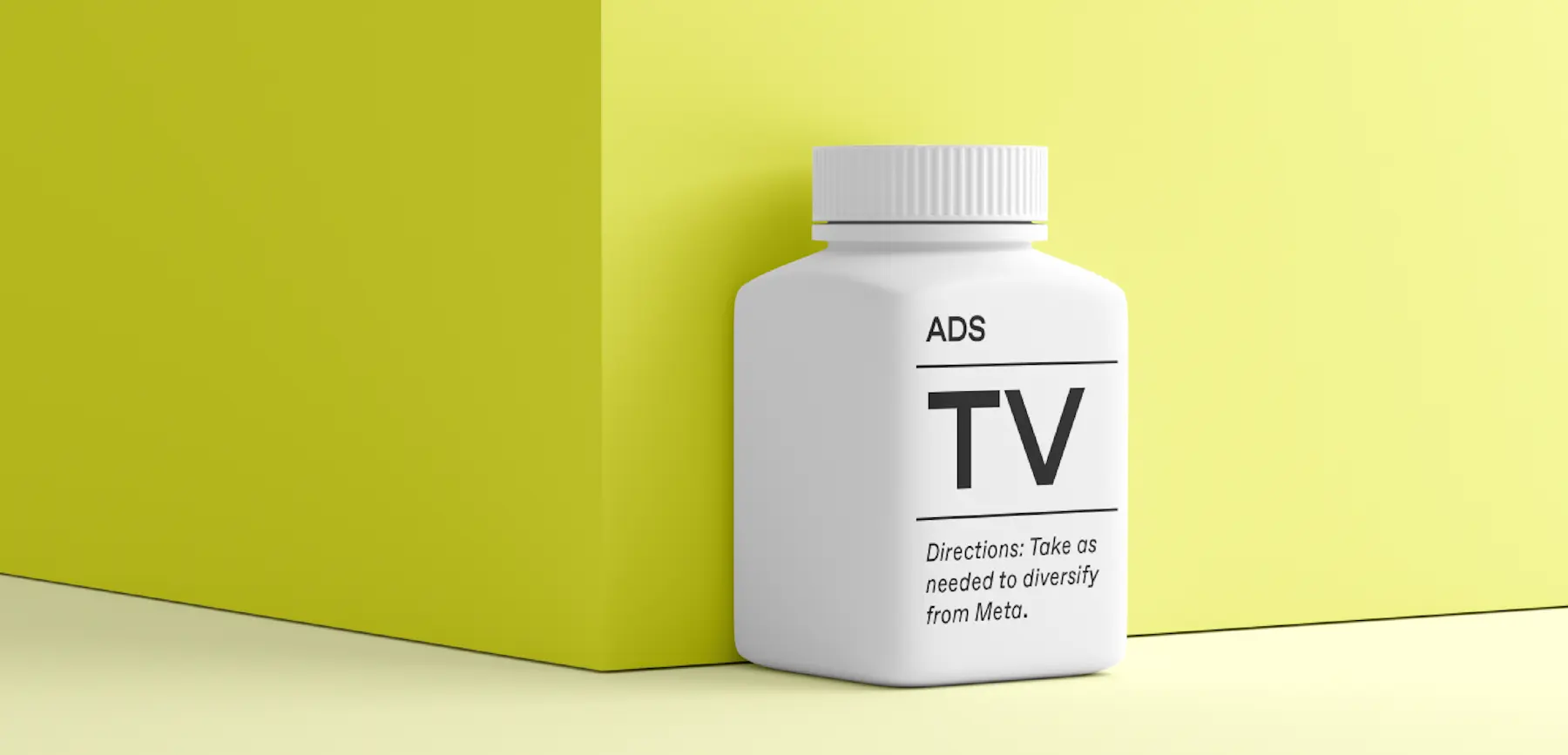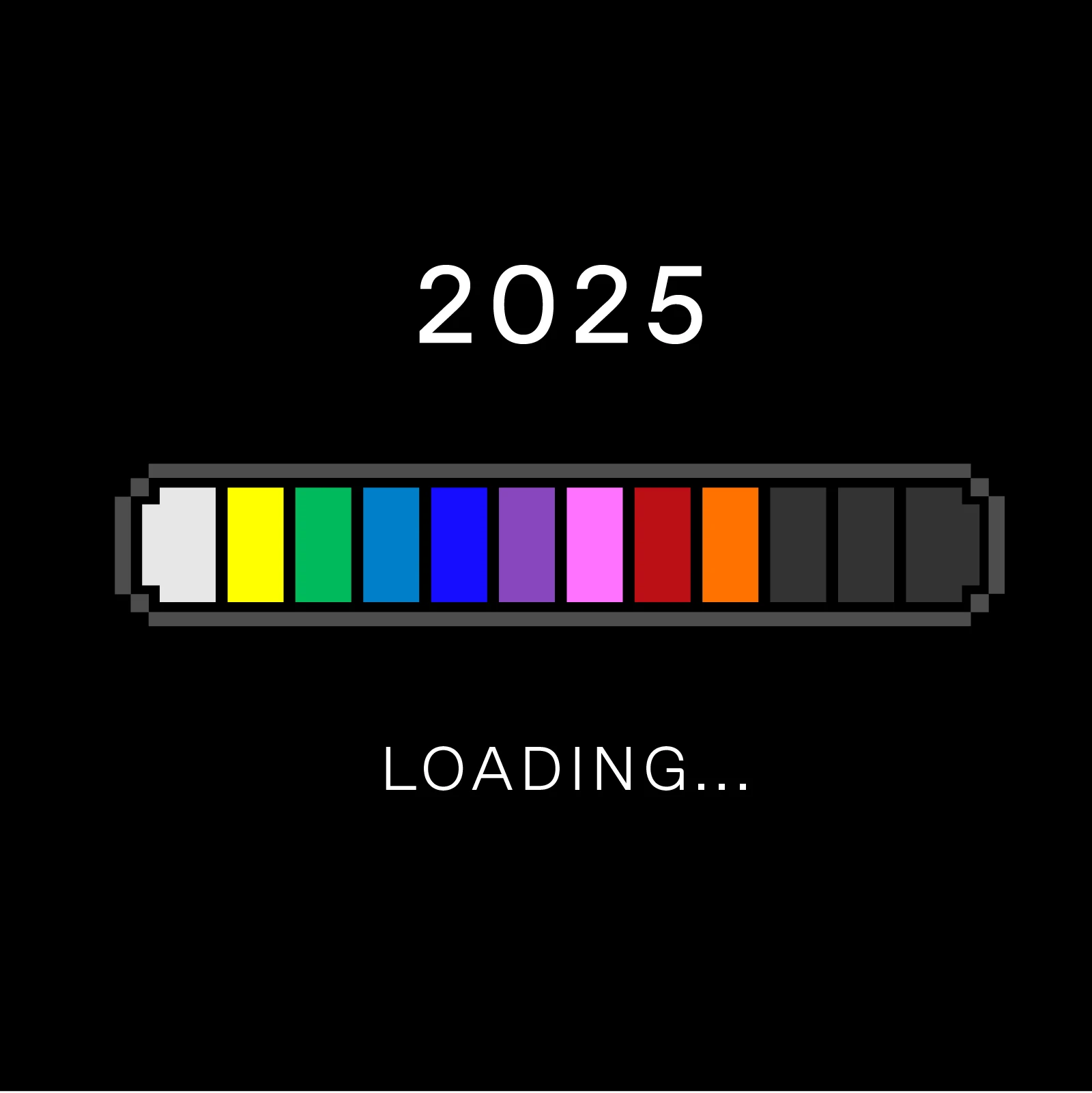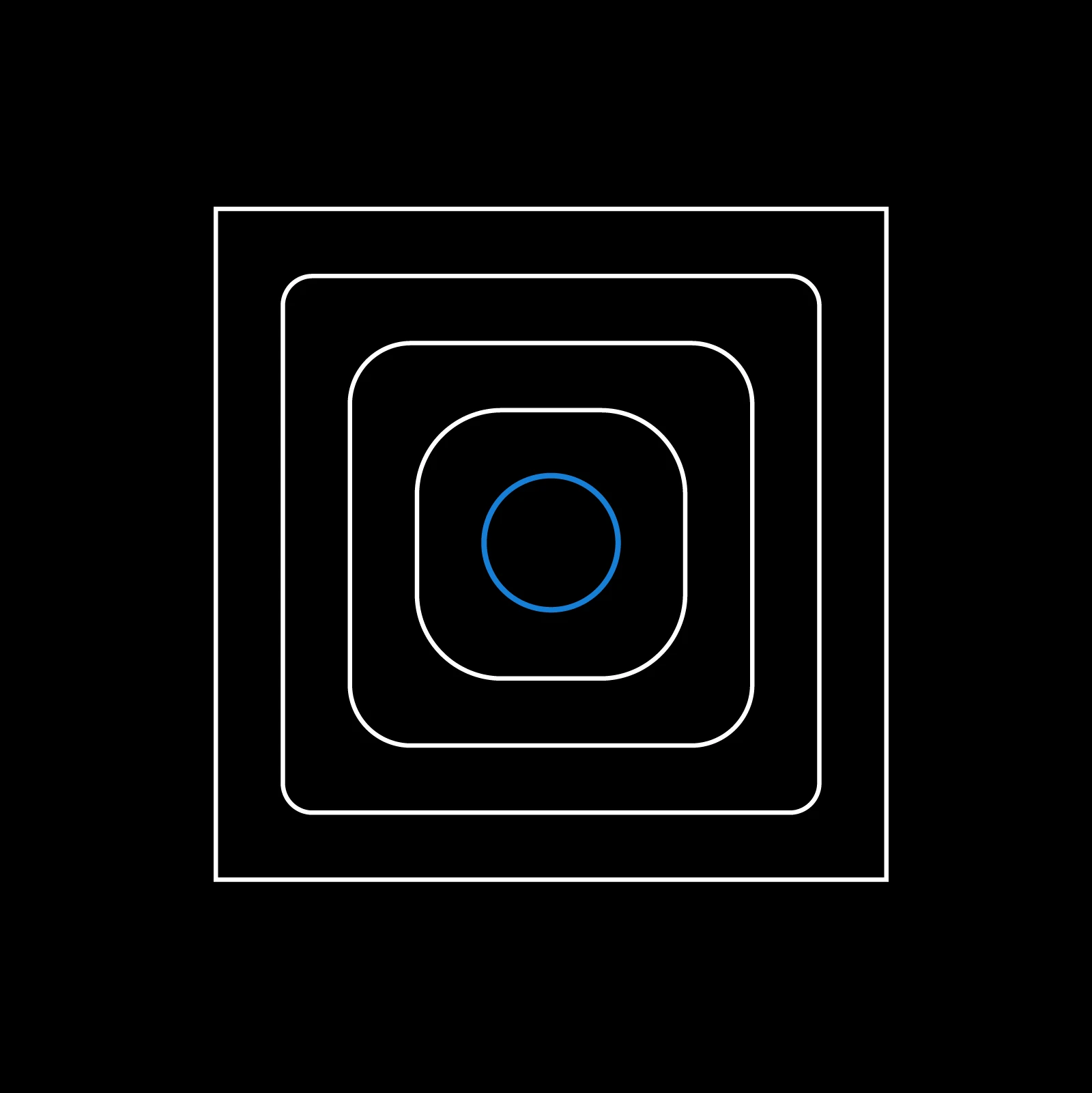
Meta’s New Ad Policies are a Disaster for Health & Wellness Brands. Here’s Why TV is the Cure.
New year. New you. That’s the mantra for the 31% of Americans that are planning to make New Year’s resolutions in 2025. Whether it’s improving physical health, exercising more, or eating healthier, the new year offers everyone a fresh start to change their lives for the better. For health-focused advertisers, Q1 poses a prime opportunity to help consumers turn their resolutions into a reality. Based on the increased demand and interest consumers have in their well-being during the start of the year, the “when to advertise” goes without asking. The real question for health and wellness brands in Q1 will be “where to advertise?”
The New Year Brings New Ad Restrictions
Meta has announced that it will implement tighter restrictions on certain types of advertisers using its business tools starting in January 2025, as reported by Digiday. This change is expected to particularly affect health and wellness brands, as they will no longer be able to rely on lower-funnel tracking data for conversion insights.
The loss of key high-intent signals, such as “Purchase” events, could lead to a noticeable drop in ad effectiveness, especially for campaigns built around these metrics. Some advertisers may even need to start from the ground up, designing new campaigns with revised goals to maintain their performance and growth. To address the implications of this policy shift, Meta’s team is actively engaging with policymakers, regulators, and legal advisors to determine the best course of action.
For brands in the health and wellness space, this adjustment may require a complete reassessment of their digital advertising strategy on the platform. Additional regulations on other digital platforms are likely to come, leaving the industry on high alert to see if giants, like Google, will follow suit with similar restrictions. Over the last few years, healthcare ad spending has continued to shift to digital channels, with spend growing from $8.8 billion in 2019 to $22.09 billion in 2024, according to eMarketer. Now, much of that budget will be in jeopardy as these policy changes go into effect.
Given these new restrictions and the potential scrutiny that will be given to health and wellness advertisers, those that have relied on platforms like Facebook and Instagram must start building contingency plans and shift their ad strategy before it’s too late and they can no longer market to their target audience.
Forward-thinking brands like Ro, Seed Health, and Teladoc may not have to worry as much because they’ve been actively advertising on TV with great success.
How TV Advertising is Driving Healthy Results for Health & Wellness Brands
Take a look at some examples of how Tatari is helping health and wellness brands leverage TV to meet their campaign goals and how it can be an alternative to the ever-evolving restrictions unfolding on platforms like Meta.
Seed Health Grows its TV Investment with Confidence
Seed Health, a leading supplement company, experienced significant success in driving conversions through TV advertising. Despite the misconception that a large budget is required to advertise on TV, Seed’s partnership with Tatari allowed them to start with as little as $10k, using a crawl, walk, run approach. This strategy allowed them to ease into TV advertising, measure business outcomes, and scale investments in high-performing platforms. After just four weeks on streaming TV, Seed saw measurable success, which led them to expand their media plan to include linear TV for even greater impact. Learn more.
Ro Scales Growth through Targeted TV Campaigns
Ro, a direct-to-patient healthcare company, used Tatari’s expertise to run targeted TV campaigns that resonated with women over 35. By strategically placing ads on streaming publishers and premium linear networks with a female-leaning audience, Ro saw impressive results. Within just three months, the campaign drove a 50% weekly increase in new patients interested in weight loss treatment through Ro’s Body Program. This success demonstrated how TV could effectively drive growth and engagement in the healthcare space, particularly when campaigns are tailored to specific, high-value audience segments. Learn more.
Calm’s Mindful Approach to TV Advertising Proves Successful
Calm, a leader in meditation and mental wellness, partnered with Tatari to create a full-funnel TV strategy that blended streaming and linear TV. They capitalized by running on live premium news programming, where viewers are typically more stressed. By working closely with Tatari’s client success team, Calm diversified its marketing mix and drove impressive business outcomes, including a 27% increase in app installs and a 60% jump in subscriptions. The campaign also delivered significant brand awareness and improved performance across other channels. Combining linear and streaming TV allowed Calm to boost overall efficiencies, lowering customer acquisition costs by 52% while generating 612k incremental installs. Learn more.
Teladoc Finds a Sponsorship to be the Cure for Conversions
After nearly a year of success with traditional TV campaigns, Teladoc Health took a bold step by investing heavily in a large-scale media buy to further elevate their brand. With the help of Tatari’s advanced measurement capabilities, they pinpointed the optimal spot for reaching their target audience—a sponsored segment on Good Morning America focused on how telemedicine supports parents working from home. The segment drove substantial website traffic and led to performance improvements across other marketing channels, showcasing the powerful halo effect TV can have on a brand’s broader marketing efforts. Learn more.
Want to achieve the same great results? Here’s a few tips to get started on TV…
TV’s Cost-Effective, Targeted Reach Represents a New Strategy for the New Year
Aside from the restrictions unfolding on Meta, CPMs across digital are hitting record highs. It is a different story for TV, where we historically see CPMs dip in January due to reduced competition following heavy holiday spending.
In addition to TV offering an affordable way to connect with a highly engaged audience, Tatari can assist in precisely targeting streaming TV viewers committed to their New Year's resolutions through programmatic strategies, including:
Search interest in fitness trackers, gym memberships, yoga classes etc.
In-Market for workout gear, home gym equipment, or healthy meal plans.
Engagement with weight loss programs or health apps.
TV offers unique and impactful opportunities to grab the attention of your audience beyond the standard TV spots as well. For example, one of our health and wellness clients is testing a Hulu Splash ad experience this January. This offers them the ability to reach nearly every unique user over a 24-hour period, delivering a massive reach to over 8-10 million households. Similarly, some of our clients are exploring one-day takeovers on Tubi, securing first impressions on all available inventory for maximum visibility. There’s also room for creative integration, such as QR codes for direct audience engagement.
“Brands that have become reliant on digital methods like social and search will find similarities to TV,” said Sam Joachim, head of Client Services at Tatari. “We’ve helped our clients unlock new efficiencies in the TV ad market using data science to buy ads and measure real-world business outcomes to understand the true incremental impact of TV campaigns by focussing on metrics like site visits, app downloads, and purchases.”
As you plan the TV advertising approach best suited for your brand, keep these timely opportunities in mind:
News: January's presidential inauguration is expected to drive increased viewership across news networks in January before leveling off.
Awards: Award-season goes into full gear in Q1 and red carpet placements offer premium exposure at a fraction of the cost of securing a placement on the main show.
NFL: Playoff football brings in huge numbers across linear and streaming. Amazon Prime will carry a Wild Card playoff game this year, offering pre- and post-game ad opportunities. For other playoff games, consider budget-friendly options through DirecTV.
And don’t quit on the quitters! According to data from fitness tracking apps like Strava, many people typically abandon their resolutions on the second Friday of January, which has been coined “New Year’s Resolutions Quitters Day”. But this is just more fuel for health and wellness brands to reinforce their messaging and encourage consumers to never give up.
According to our own data, we see a big uptick in TV advertising by health and wellness brands in Q1. In fact, Tatari’s health and wellness clients show a 2.8X increase in TV ad spend in the first two months of the year, so it goes without saying that you’ll want your brand to be front and center at the most crucial time of the year.
Want to learn more about reaching your audience on TV this year? Let’s talk!

Paul Hutchison
I am a Client Services Director at Tatari. Outside of work you can find me at the movies or watching my favorite sports (go Bills!)
Related
How Seed Health Used Convergent TV to Unlock Growth
Seed Health, a top supplement company, discusses its approach to diversifying acquisition channels and unlocking more growth with TV advertising.
Read more
How to Budget and Plan for TV in 2025
As TV continues to command a significant share of budgets, it's critical to understand the key trends that will shape the TV landscape in 2025 and what that means for advertisers. Let’s take a look at what to expect this year.
Read more
Finding the Sweet Spot: Optimizing Ad Frequency for Maximum Impact
In TV advertising, hitting the right frequency is key. Tatari’s data-driven tools pinpoint this sweet spot to maximize effectiveness, boost ROI, and avoid waste. Discover how to fine-tune your ad strategy for optimal impact.
Read more


